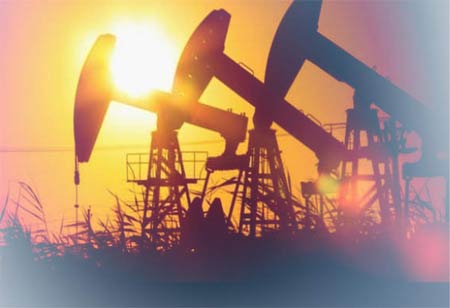Thank you for Subscribing to Energy Business Review Weekly Brief
The Evolution of Power Generation
Power generation is fast being taken towards transformation in renewable resources, energy storage, smart grid integration, and decentralized generation

By
Energy Business Review | Wednesday, August 28, 2024
Stay ahead of the industry with exclusive feature stories on the top companies, expert insights and the latest news delivered straight to your inbox. Subscribe today.
Power generation is fast being taken towards transformation in renewable resources, energy storage, smart grid integration, and decentralized generation.
FREMONT, CA: Technology innovation and changing energy requirements drive a sea change in the power generation sector. New trends and technologies are shaping how electricity will be produced shortly in a world increasingly moving towards sustainable and efficient energy solutions. Knowing such development is essential for stakeholders to navigate the dynamic landscape of power generation.
Solar and wind power are emerging as significant generation sources due to their higher efficiency and lower costs. In particular, solar photovoltaic technology has tremendously improved with innovations in panel design and corresponding energy storage systems that increase its reliability and effectiveness. The same goes for the progress of wind energy with the invention of giant but more efficient turbines generating power at lower speeds. Subsequently, massive offshore wind farms also have the potential for producing energy in high-wind areas.
Besides renewable energy, another critical factor in power generation is the development of energy storage technologies. With their ability to store excess energy generated from renewables and discharge it as and when required, battery storage systems, especially lithium-ion batteries, are increasingly at the forefront. These systems are essential in balancing supply and demand, much more so in grids with high penetration of intermittent renewable sources. Other up-and-coming storage technologies, such as solid-state and flow batteries, hold even higher efficiency and capacity and, therefore, stability and reliability for power grids.
Integrating digital technologies and smart grid solutions is a key trend, as is practical and flexible management of electricity distribution. Enabled with advanced sensors, data analytics, and automated control systems, they allow for real-time monitoring and management of electrical systems. Intelligent meters deliver accurate usage data to consumers, promote energy efficiency, and facilitate dynamic pricing models that mirror real-time supply and demand conditions.
Distributed energy resources, like decentralized power generation, are also rapid in this trend. DERs entail small power generation systems, like home solar panels and microgrids, working either in stand-alone mode or parallel to the primary grid. Because generation is much closer to consumption in this approach, resilience is enhanced by reducing transmission losses. The evolving technologies for managing and integrating DERs provide an avenue toward more resilient and flexible energy systems.
Conventional power generation technologies—including natural gas and nuclear power—are changing. Natural gas is emerging as a transition fuel that will move society off coal and onto renewables because it has the lowest carbon footprint among the fossils. Secondly, next-generation combined cycle gas turbines and third-generation CCS technologies further propel the potential for reduced environmental impacts from gas power plants. Interest in nuclear power—the other potential source of low-carbon electricity—is also growing. Still, it is based on next-generation reactor designs and enhanced safety features, like small modular reactors.






